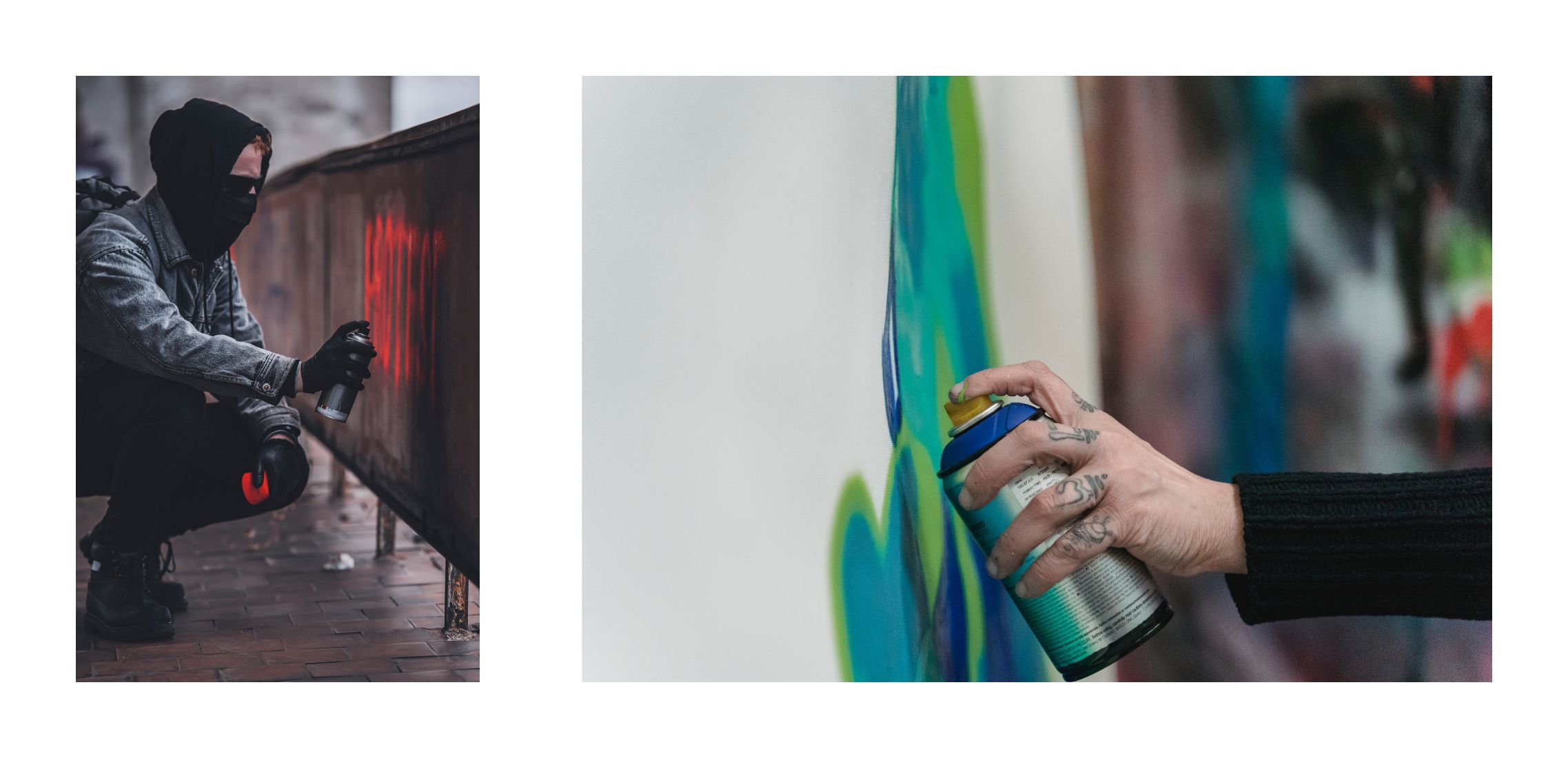Yes, you can paint over solid stain, but there are a few things you need to do first in order to ensure that the new paint will adhere properly. First, you’ll need to rough up the surface of the stain so that the paint can grip it. You can do this with a sanding block or a power sander.
Once you’ve roughed up the surface, you’ll need to wipe away any dust with a damp cloth. Then, you can apply a primer specifically designed for painting over stain before painting your top coat.
- Start with a clean surface: Solid stain can be difficult to paint over if there is any dirt or debris on the surface
- Use a pressure washer or hose to remove any loose dirt and grime
- Sand the surface: Use medium-grit sandpaper to lightly sand the surface of the solid stain
- This will help the paint to adhere better
- Prime the surface: Once the surface is clean and sanded, apply a primer designed for use on stained surfaces
- This will help the paint to better cover the solid stain
- Paint the surface: Once the primer is dry, paint the surface with a quality exterior paint
- Choose a color that you love and that will complement your home’s exterior
- Enjoy your newly painted surface
Is it OK to paint over solid stain?
It’s not uncommon to want to change the color of your solid stain. Whether you’re looking to refresh your deck or simply want to change the look of your exterior siding, painting over solid stain is definitely an option. But is it the best option?

There are a few things to consider before painting over solid stain. First, it’s important to know that paint and solid stain are two very different products. Paint is a pigmented liquid that forms a protective coating on your surfaces.
Solid stain, on the other hand, is more like a thick paint. It’s designed to penetrate surfaces and provide long-lasting protection against the elements. Because solid stain is designed to penetrate surfaces, it can be more difficult to paint over.
If you’re not careful, you may end up with an uneven finish. It’s also important to note that solid stain will likely change the color of your paint. If you’re looking for a drastic color change, you may want to consider a different option.
If you do decide to paint over solid stain, be sure to use a paint primer designed for use on stained surfaces. This will help to ensure an even finish. And as always, be sure to test your paint on a small, inconspicuous area before starting your project.
What happens if you paint over stain?
If you paint over stain without priming first, the stain will bleed through the paint and ruin the finish. To avoid this, always prime any surface that has been stained before painting. This will create a barrier between the stain and the paint, and prevent the stain from bleeding through.
Can you paint over stain without sanding?
It is possible to paint over stain without sanding, but there are a few things you need to do in order to ensure that the paint will adhere properly. First, you need to make sure that the stain is completely dry. If it is even slightly damp, the paint will not adhere properly.
Once the stain is dry, you need to rough up the surface a bit so that the paint will have something to grip onto. You can do this by using a light sandpaper or a utility knife. Just make sure not to sand too much or you will end up with a rough surface.
Finally, you need to use a primer before painting. This will help the paint to adhere to the stain and will also provide a good base for the paint color.
Can you paint over solid stain on a deck?
Solid stain can be used as both a primer and a topcoat on weathered wood. When used as a primer, it provides a solid foundation for paint. When used as a topcoat, it offers protection against the elements while still allowing the wood grain to show through.
PEELING DECKS – Put Stain OVER Old Paint
Can you paint over oil-based stain
It is possible to paint over oil-based stain, but there are a few things you need to do first in order to ensure that the paint will adhere properly. First, you need to use a degreaser to clean the surface of the stain. This will remove any oil that may be remaining on the surface and will allow the paint to better adhere.
Conclusion
Next, you need to sand the surface of the stain to create a rough surface for the paint to adhere to. Once you have done this, you can then apply a primer before painting.
If you want to paint over a solid stain, you can do so with a little preparation. First, sand the surface of the stain to rough it up and give the paint something to grip. Next, apply a primer designed for use on stained surfaces.
Once the primer is dry, you can paint over the stain with any color you like.










